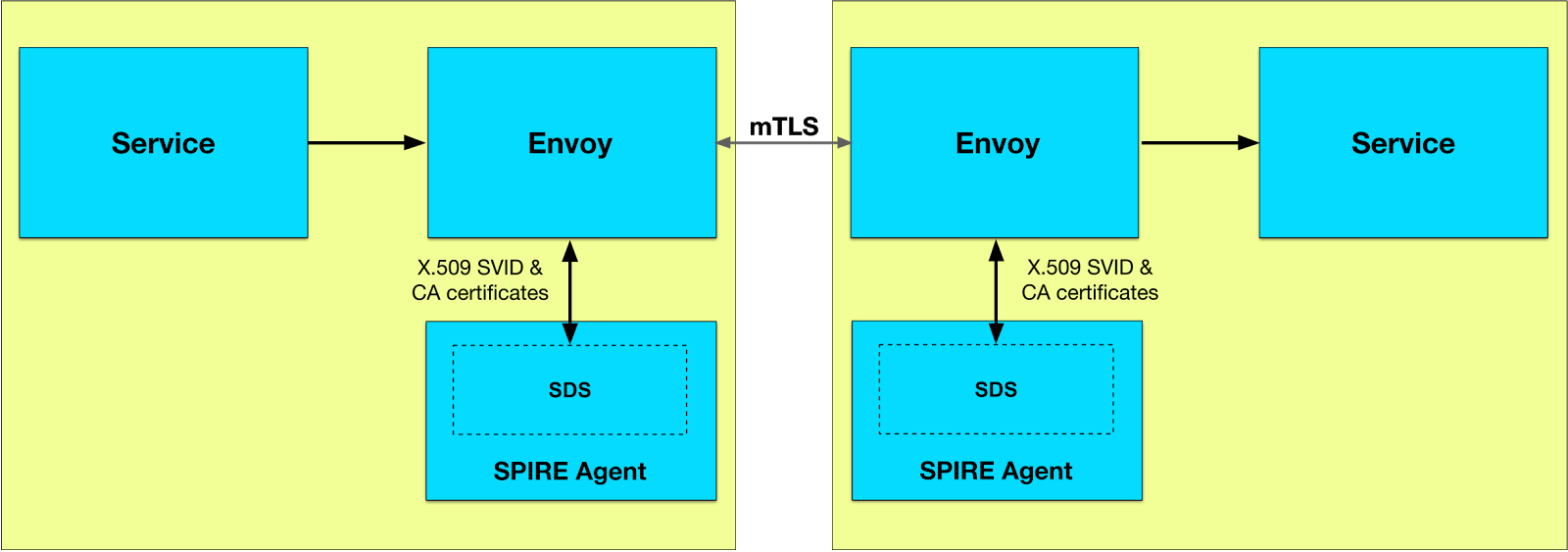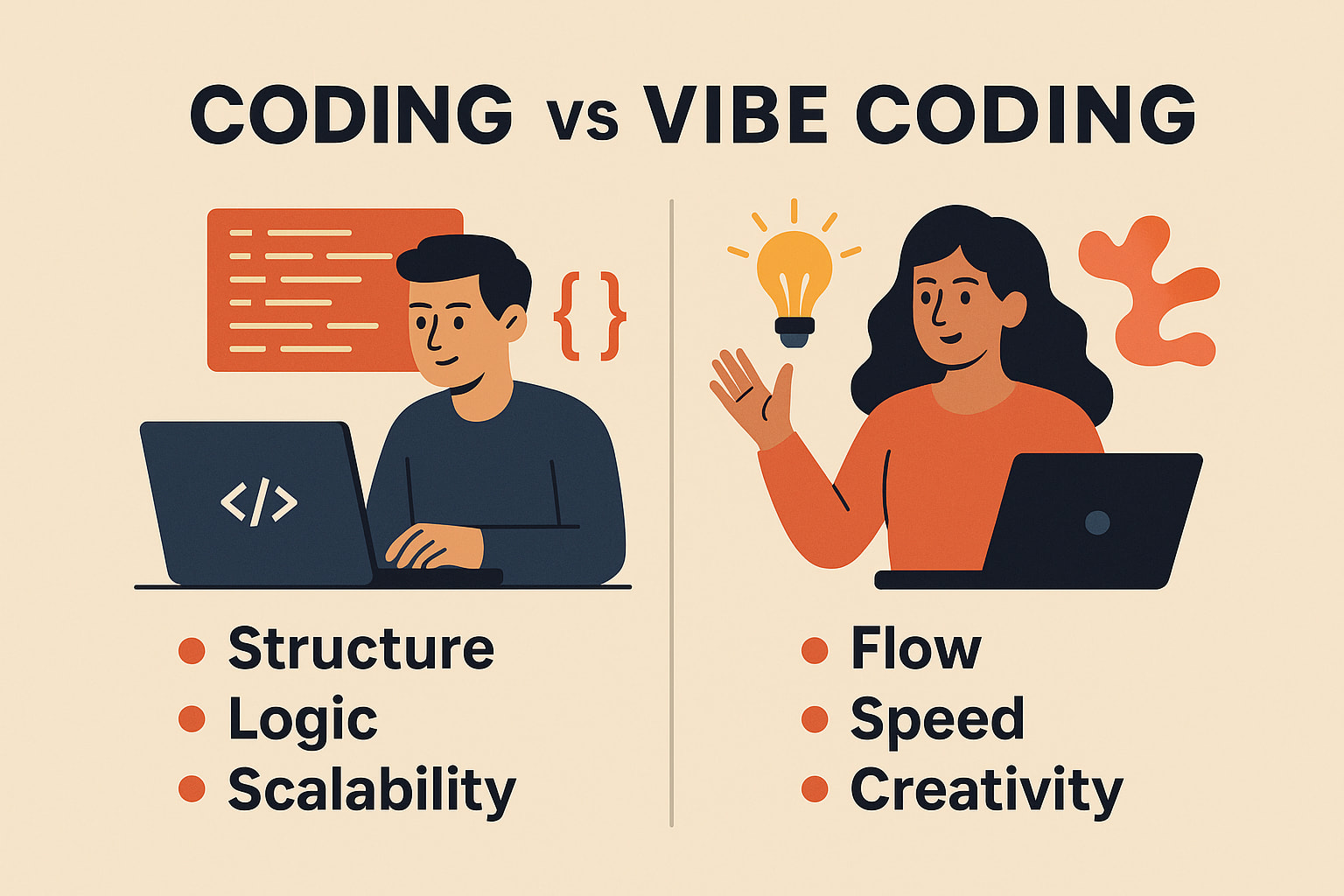
Hubble Functionality Guide
Hubble is Cilium’s observability platform built on top of eBPF for network visibility and monitoring. Components Overview 1. Hubble (in Cilium Agent) Location: Runs inside each Cilium pod (DaemonSet on every node) Functionality: Captures network flows using eBPF at the kernel level Monitors all pod-to-pod traffic on that node Collects metadata: source/dest IPs, ports, protocols, HTTP methods, DNS queries Stores flows in memory (ring buffer) Exposes gRPC API on port 4244 for querying flows What it sees: ...


